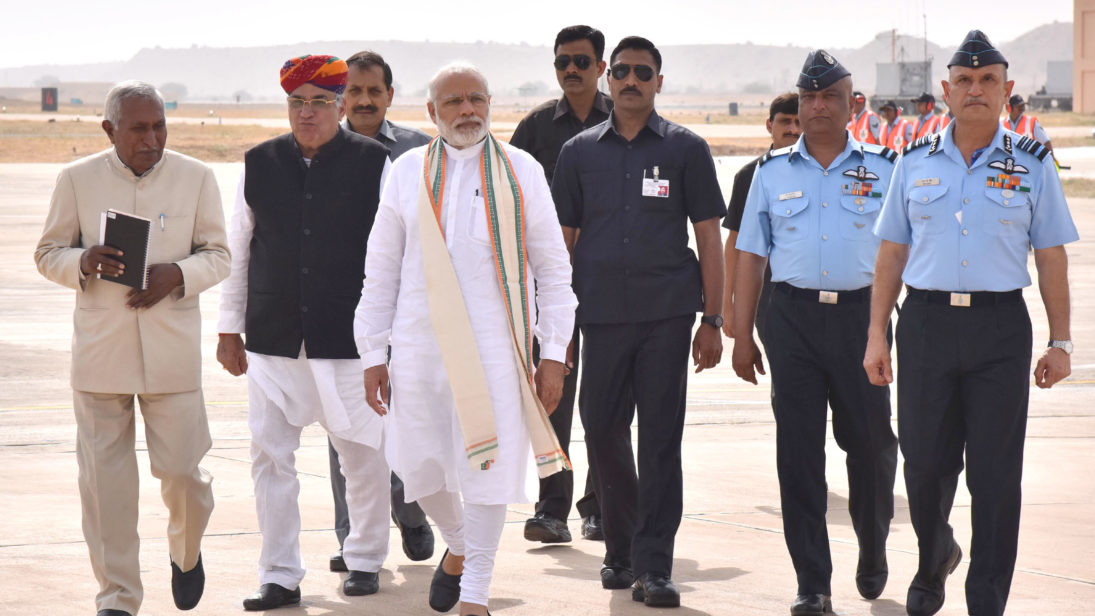
Take a trip to Kew Gardens if you are in London or the RER to La Courneuve if you are in Paris (and read French). Drop by the LBJ Library while enjoying Austin’s live music scene at night—one of the best in the United States. Why not spend the afternoon in the Library of Congress manuscript room, in between chilling around the National Mall? Being a historian can be much fun, with such opportunities for archive tourism.
What is essential here is however to remember that as academic historians we have the responsibility to descend the ivory tower every now and then. International security studies in India need serious historical analyses of the post-independent period, particularly the Cold War—the nonalignment politics, India’s wars with its neighbors, its cooperation and disagreements with the superpowers, and its relations with Europe, to name a few. The truisms in India’s military-strategic history need to be revisited, if not dissected and debunked. This is not for any masochistic desire to point fingers at ourselves, but for a necessary process of national self-growth— that we are able to come to terms with our own histories, and take the necessary intellectual distance as we analyze them.
Once started such a process could lead to be thriving debates between the historians and the strategic experts, many of whom are retired diplomats, civil servants and army personnel. It might also engender vitriolic disagreements and bitter disputes, which are expected in a pluralistic society such as ours. For an informed debate on India’s strategic culture to begin, a dynamic and meaningful conversation is expedient between historians and the strategic community. What is much needed is sort of a peer-review process of India’s foreign policy analysis.
***
Image: Narendra Modi, Flickr